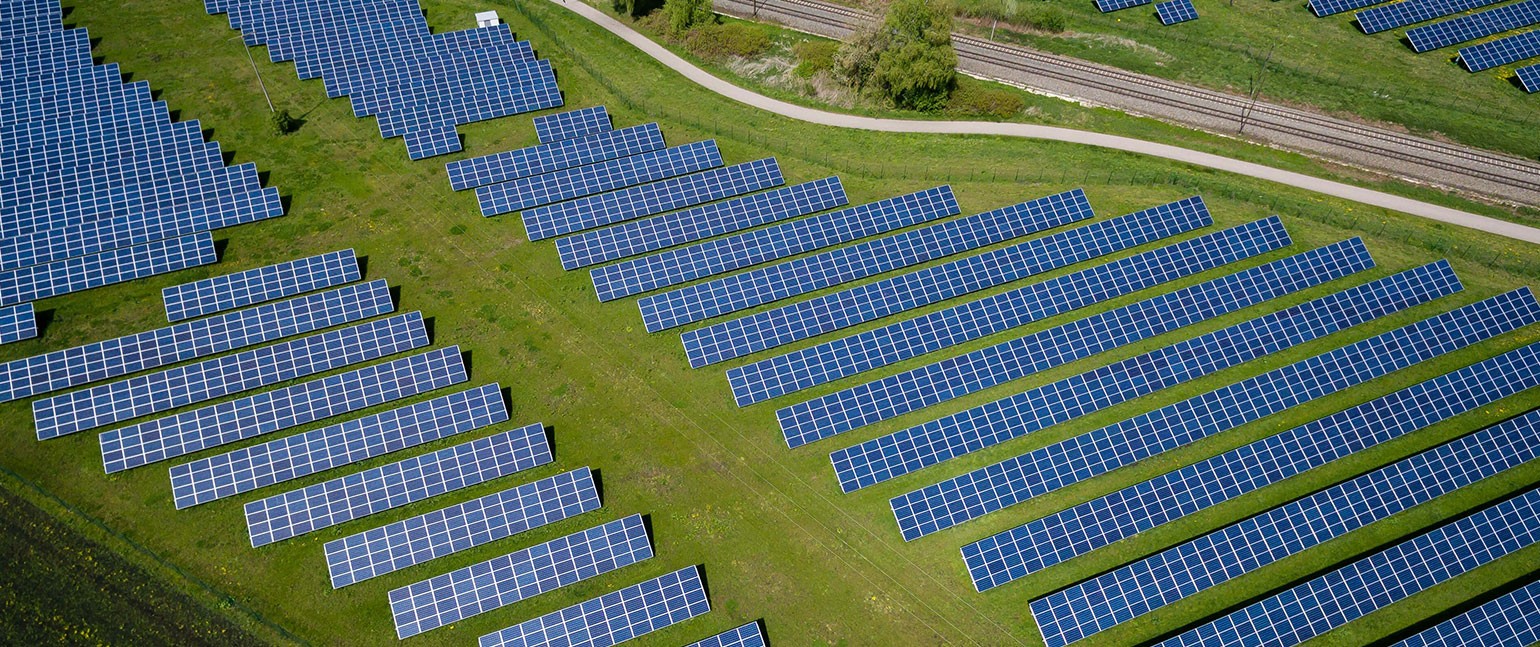I. What is Green Ammonia
Green ammonia refers to ammonia produced using renewable energy sources (such as solar, wind, hydropower, etc.) to achieve near-zero carbon emissions throughout its entire lifecycle. Its core features include:
• Renewable raw materials:Hydrogen is derived from electrolysis of water (green hydrogen), with electricity supplied by renewable energy;
• Low-carbon processes: Energy for ammonia synthesis comes from clean energy, replacing traditional fossil fuels;
• Carbon neutrality: Significant reduction in carbon emissions across the process, even achieving negative carbon through carbon capture technologies.
Green ammonia is considered an ideal carrier for hydrogen energy, widely used in chemicals, energy, transportation, and other fields. It is a critical pathway for industrial decarbonization.
II. The Role of Nitrogen in Green Ammonia Production
• As a core raw material
ammonia (NH₃) synthesis relies on the catalytic reaction between nitrogen (N₂) and hydrogen (H₂) under high temperature and pressure (Haber-Bosch process). In green ammonia production, nitrogen is obtained via air separation and reacts with green hydrogen at a molar ratio of 1:3, directly determining ammonia yield.
• Safety and purity assurance:
o Inert atmosphere protection: Nitrogen displaces air in hydrogen production (e.g., electrolysis) and ammonia storage, preventing explosive mixtures of oxygen and hydrogen;
o Contamination prevention: High-purity nitrogen reduces poisoning of catalysts by oxygen, moisture, and CO₂, extending equipment lifespan.
• Process efficiency optimization:
o Dilution effect: Excess nitrogen in ammonia synthesis reduces hydrogen partial pressure, minimizing side reactions;
o Carrier gas function: Nitrogen transports raw materials or cools reactors during green hydrogen production.
III. Advantages of On-Site PSA Nitrogen Systems as Nitrogen Sources
• Stable and reliable nitrogen supply:
o Continuous operation: PSA equipment provides 24/7 uninterrupted gas supply with purity up to 99.9995%, meeting the high-purity nitrogen demands of green ammonia synthesis;
o Flexible adjustment: Nitrogen purity and flow rate can be adjusted in real-time to match the needs of ammonia plants of different scales.
• Safety and environmental benefits:
o Eliminated storage risks: On-site nitrogen generation avoids leakage or explosion hazards associated with liquid nitrogen tanks, ideal for flammable green hydrogen-green ammonia environments;
o Zero carbon emissions: PSA nitrogen production, a physical separation process, generates no additional carbon emissions, aligning with green ammonia’s carbon neutrality goals.
• Enhanced process efficiency:
Rapid response: Nitrogen production starts within 20-30 minutes of booting, adapting to emergency or temporary capacity expansion needs;
IV. Practical Applications
• Integrated green hydrogen-green ammonia production: PSA nitrogen generator directly supplies gas for the ammonia synthesis process, forming an integrated industrial chain of "green electricity - green hydrogen - green ammonia".
• Energy storage and peak shaving: Excess green hydrogen can be stored as ammonia, with PSA nitrogen ensuring the stability and safety of ammonia-based hydrogen storage.
PSA nitrogen generators provide low-cost, high-purity, and continuously stable nitrogen supply for green ammonia production. They reduce carbon emissions and operational risks, serving as a key supporting technology for advancing the large-scale, economically viable production of green ammonia.



